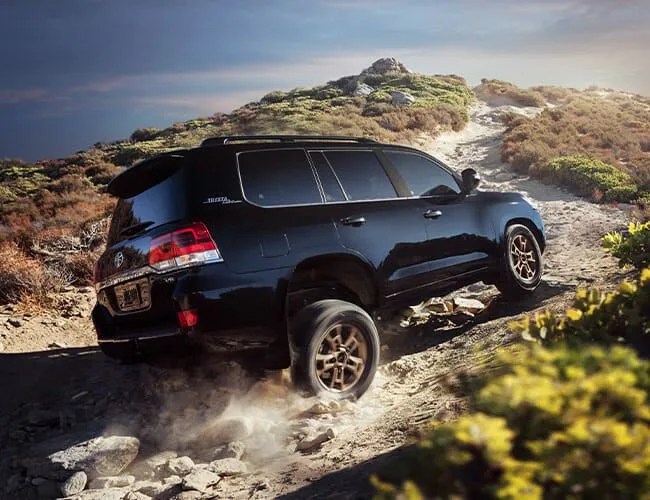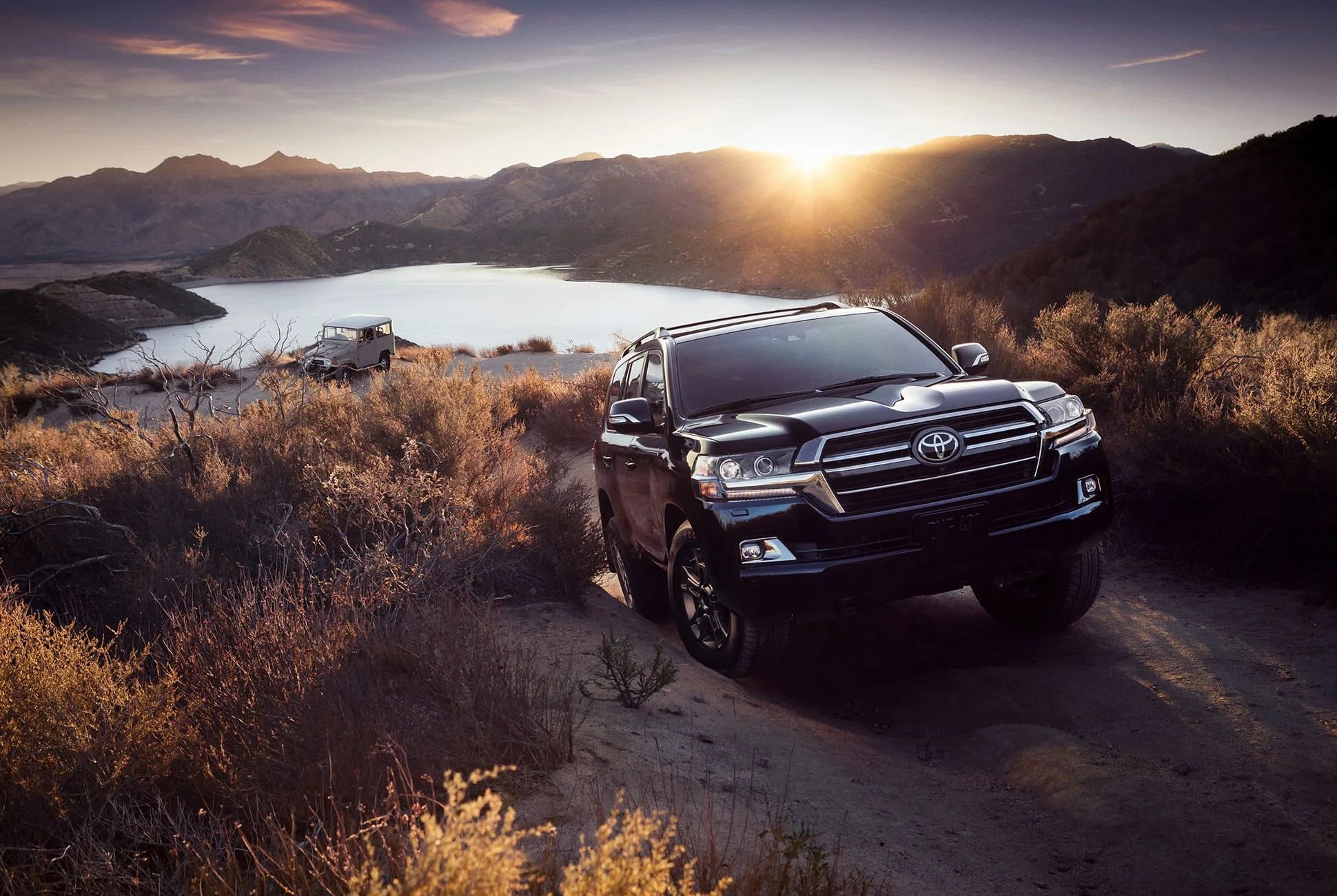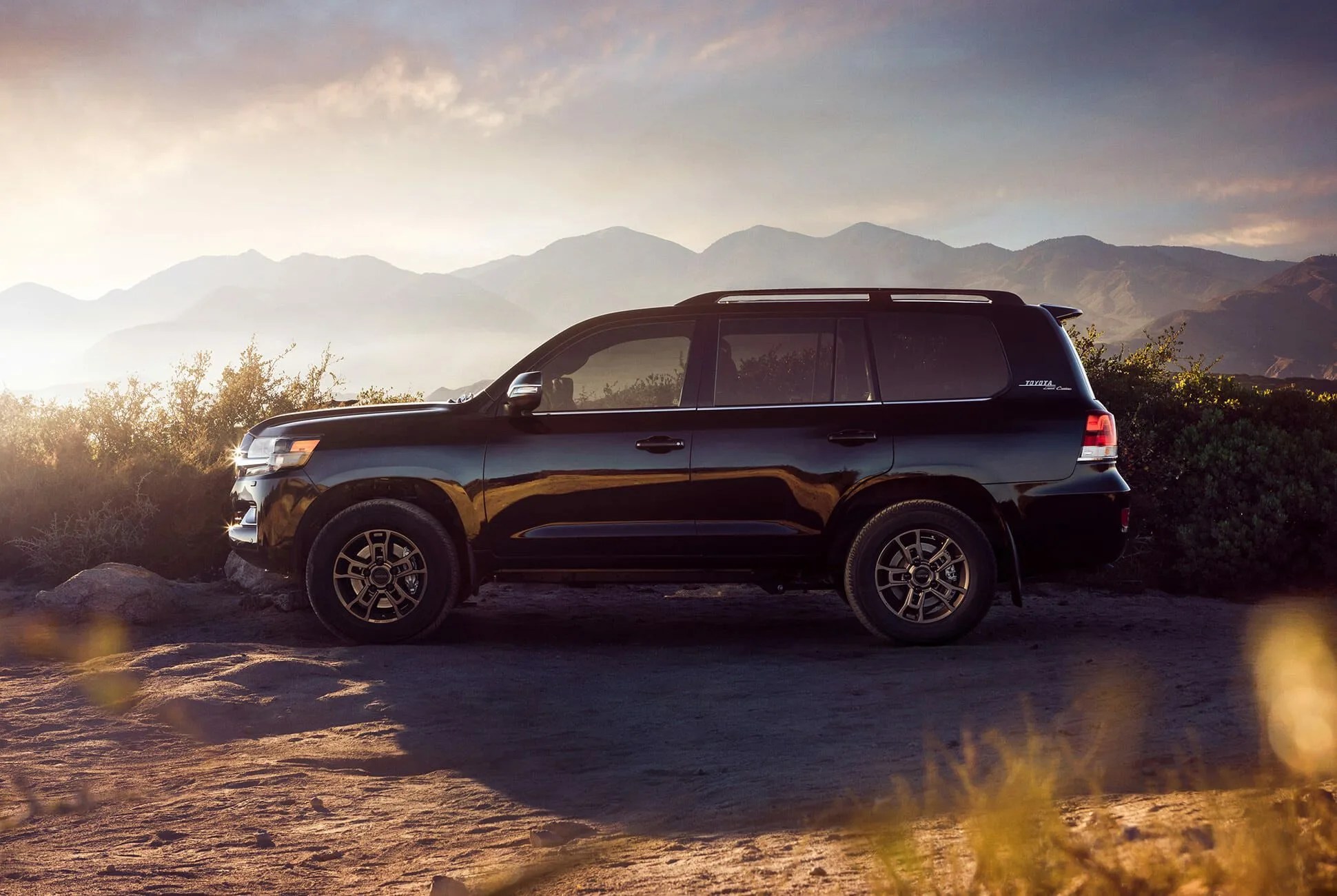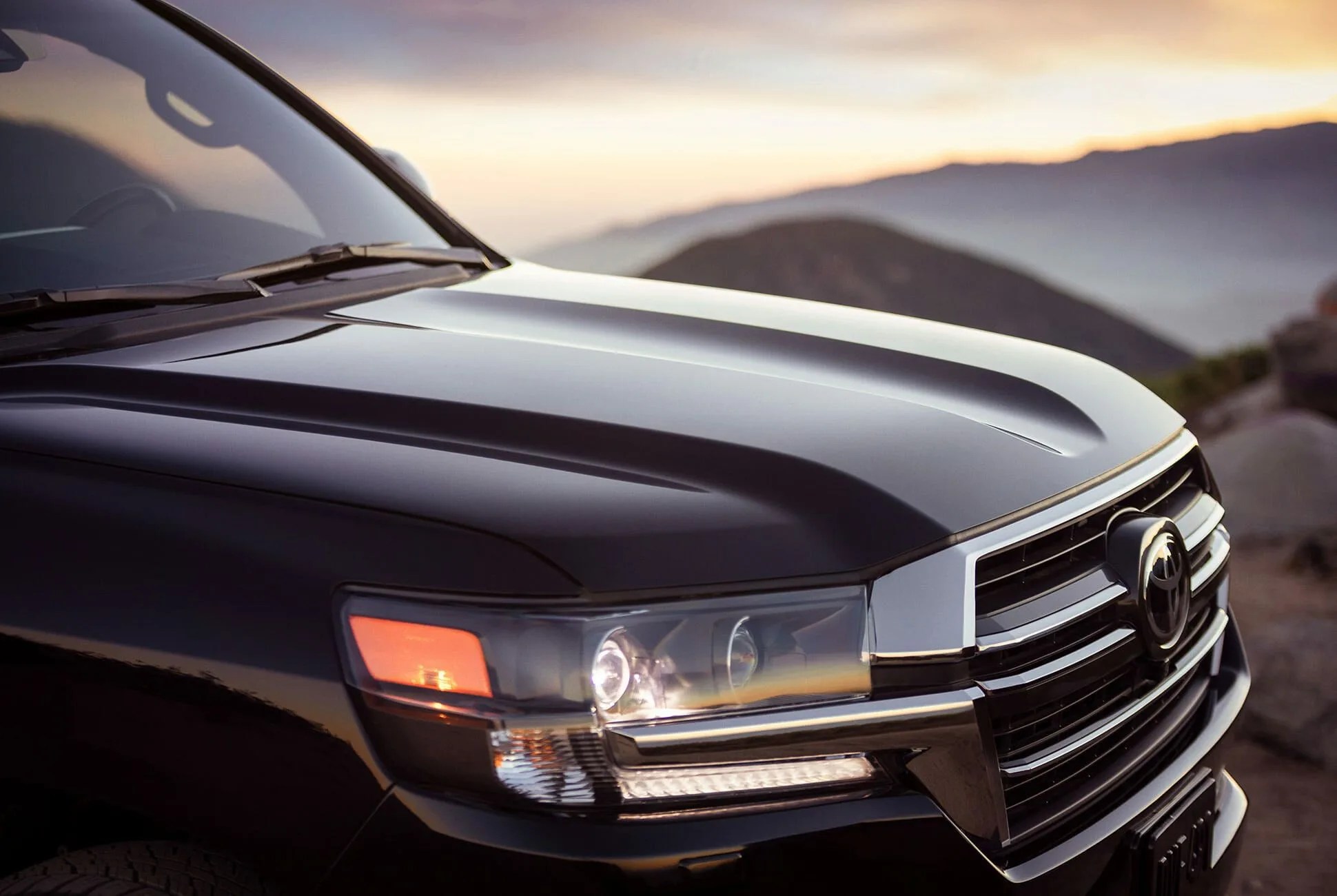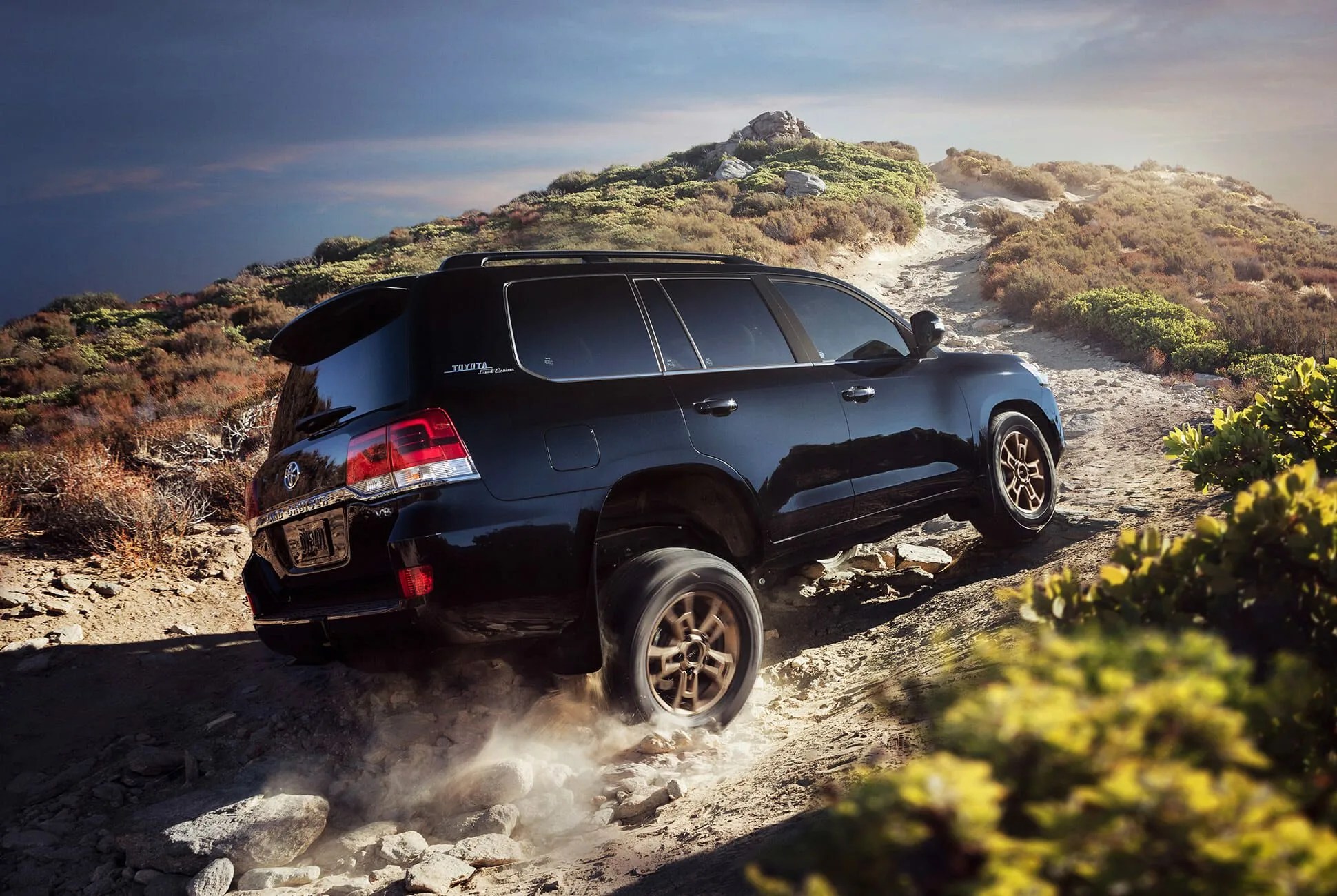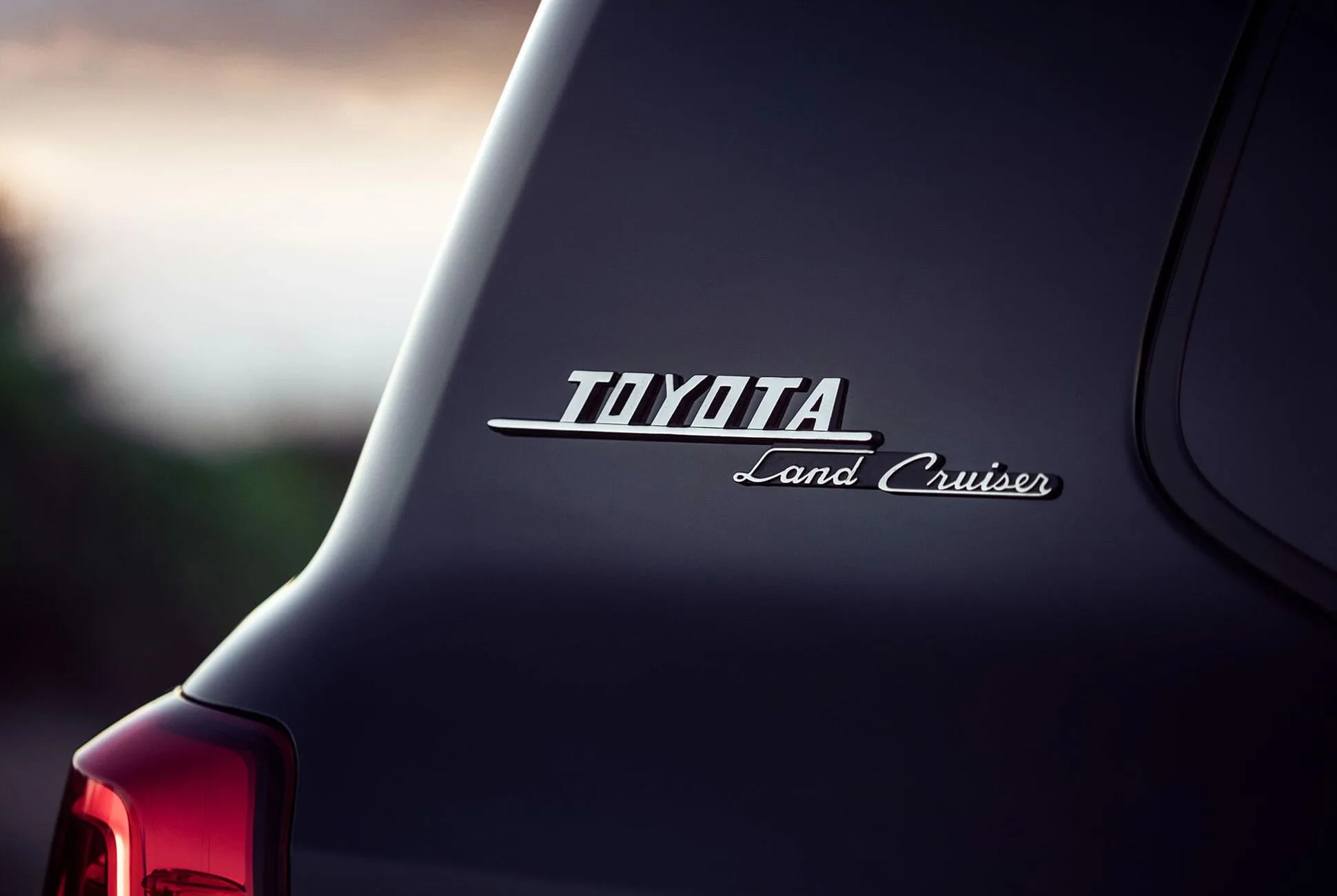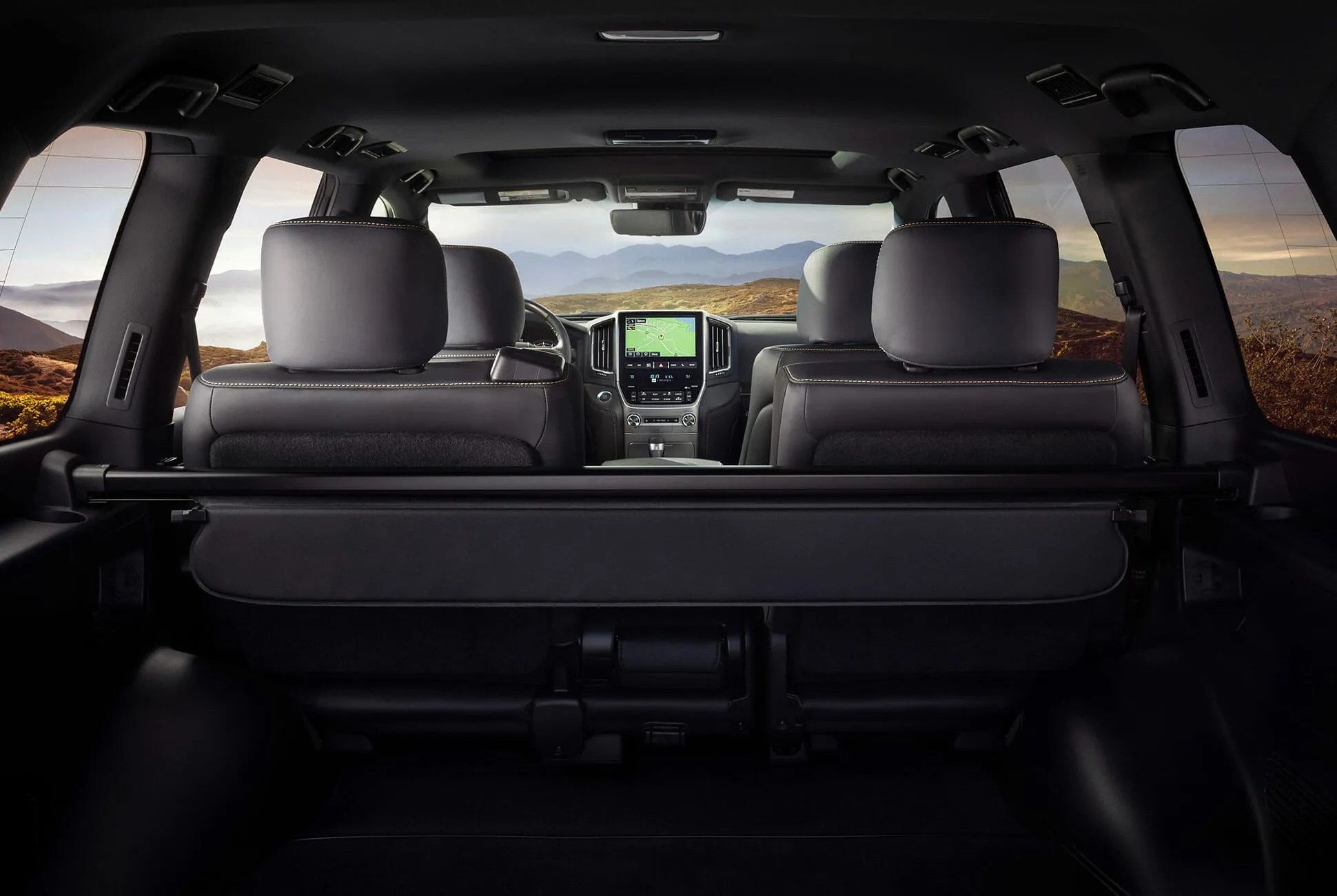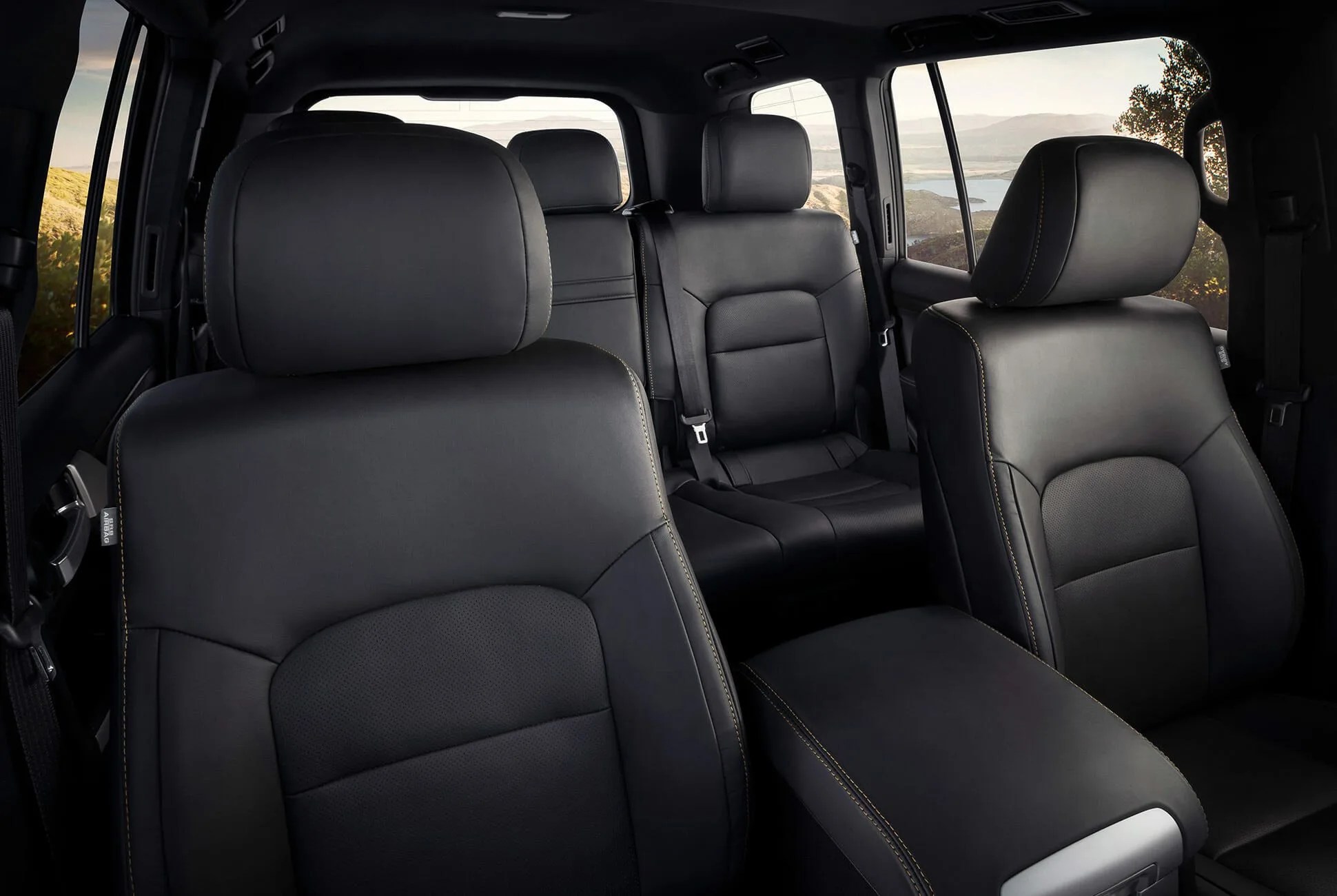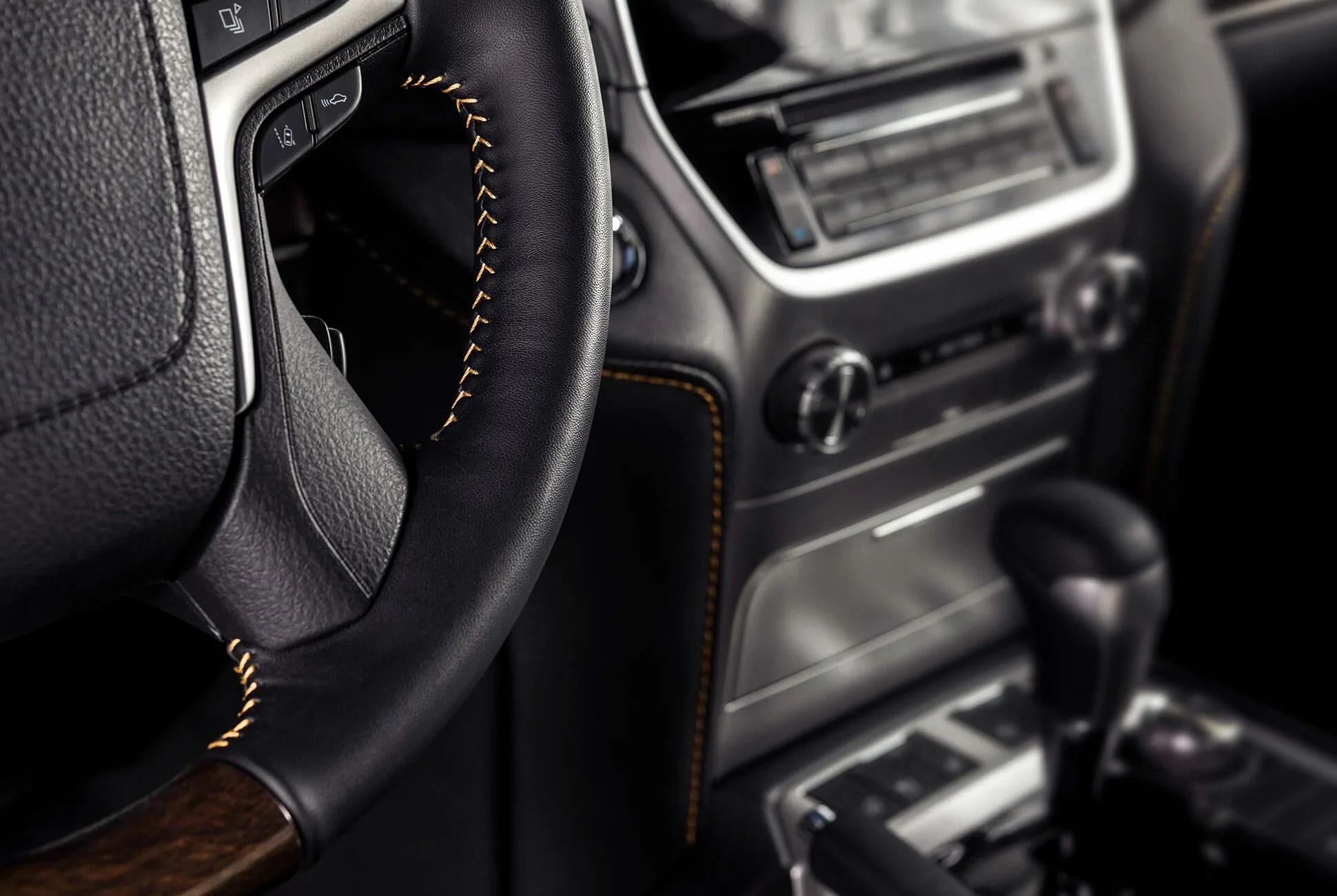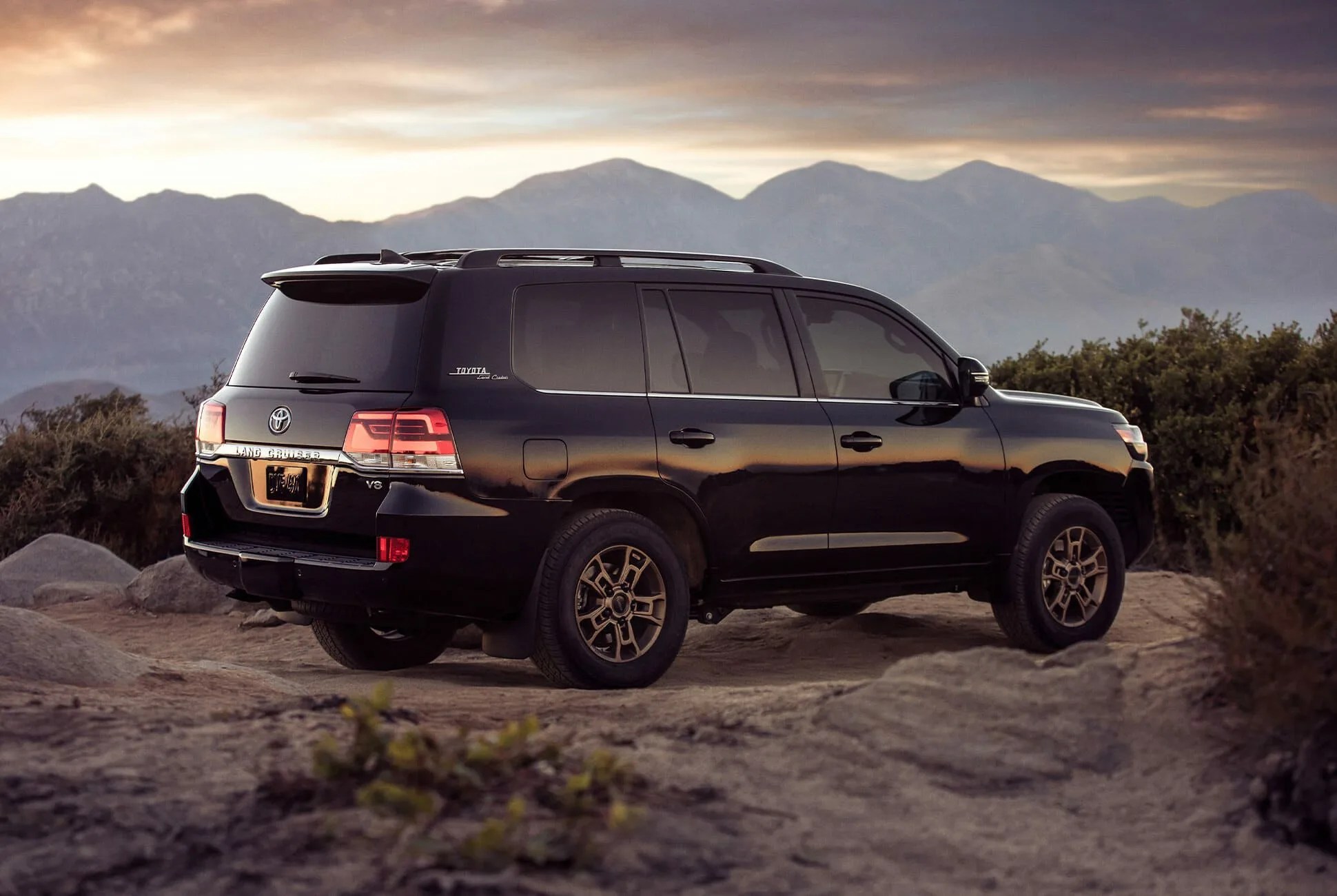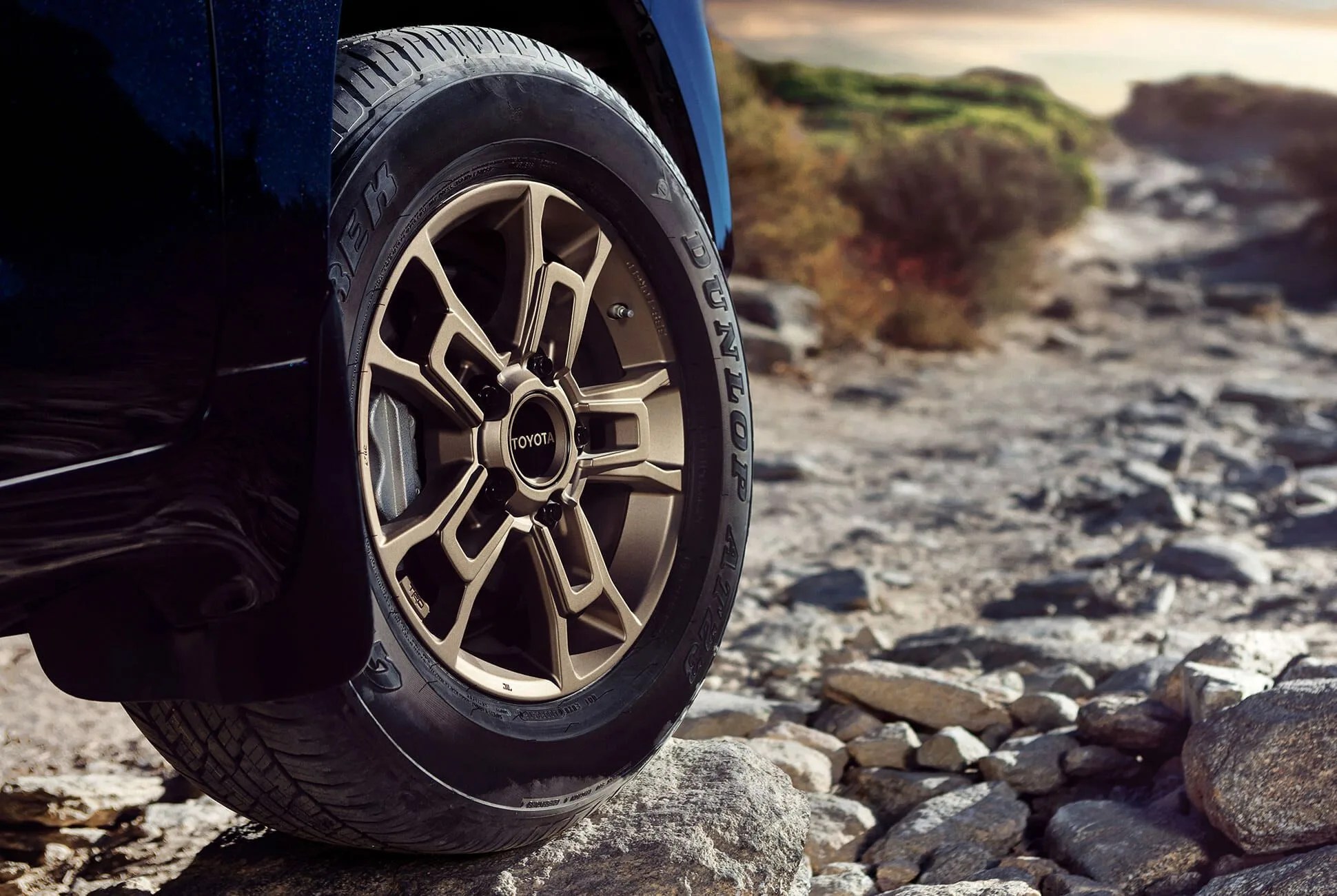5 photos
Brand: Toyota
Product: Land Cruiser Heritage Edition
Release Date: 2020
Price: $87,645
From: toyota.com
The Toyota Land Cruiser is a vehicle for a very specific type of car enthusiast. Those well-heeled enthusiasts are pretty much the only people still buying an SUV that has become bloated beyond purpose after a storied 60-year production run — with a bloated price tag to match.
The Land Cruiser Heritage Edition — available for an additional $2,330 — is a direct play for the hearts of those enthusiasts. Toyota gave the Land Cruiser a sleeker, more athletic silhouette, deleted the third row of seats and affixed a Yakima roof rack. It’s meant to read more like the classic overlander of yore and less like the chonky pleasure craft of the past decade. Land Cruiser fans are sure to love it…but how do normal people react?
To find out, Toyota loaned me a Heritage Edition to drive around and use in my ordinary life for a week. I gauged reactions from my decidedly non-Toyota enthusiast friends and family. Their reactions were very different from the ones elicited by self-evident automotive icons like the Ford Mustang or the VW Beetle. None of them could identify the Land Cruiser by sight (most thought I had told them I was getting a Land Rover). Then again, with its low sales volume and lack of promotion, it’s not a car you see in the wild very often.
The Land Cruiser’s coolness required an extended explanation, which inevitably led to the major differentiator between it and other SUVs: how much it costs. The nearly $90,000 sticker price sparked disbelief — and laughter. Nearly everyone asked some variation of, “Why would anyone buy that?”
I didn’t have an answer then. I still don’t.
